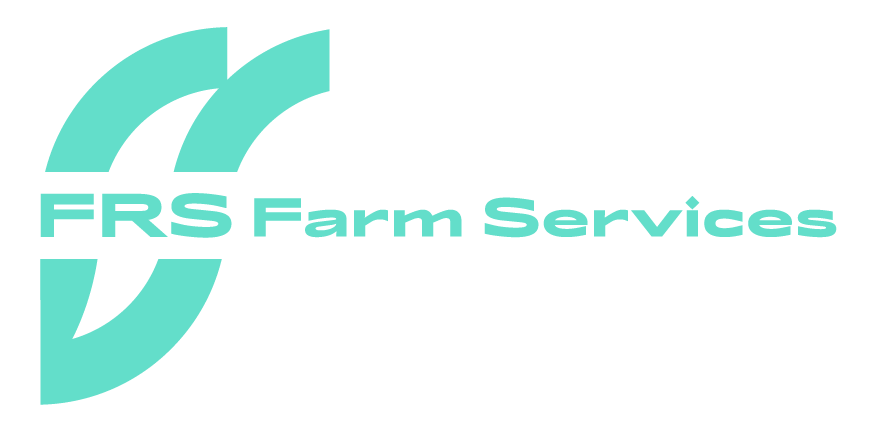Many mid-season lambing flocks are getting ready to welcome the first new lambs to the farm. One area that farmers need to pay particular attention to is the risk and occurrence of ewes prolapsing.
Vaginal prolapse is the most common but uterine prolapse is also possible. This is a complex condition that occurs late in ewe pregnancy. Teagasc states that shepherds should aim to keep this incidence less than 1 per 100 ewes, however, it is not uncommon to see higher numbers within flocks. There are several management factors that farmers should be aware of that could predispose ewes to the condition.
Nutrition
As ewes reach the end of their pregnancy, they increase the speed and efficiently of digesting food. With lambs growing fast, this enables them to reach their nutritional requirements. There are a number of factors which slow down digestion and can cause prolapsing issues. These include changes to their diet or long periods without access to food.
With concentrates, start feeding at a maximum of 200g per head and build up gradually. If feed levels exceed 1/5kg per head, it is best to split feeding to twice daily, roughly 8 hours apart. Changes to concentrates should be introduced gradually.
Housing
Ewes need plenty of space as they progress through their pregnancy. Space allowed depends on the breed of ewe. Teagasc states for larger breeds a trough width of .6m is needed, and for smaller breeds .5m is needed. For facilities that may be tight on feeding space, the farmer could introduce extra troughs in the pen. This may increase workload when it comes to feeding time but will reduce pressure and stress on the ewes.
With housing, lying space should also be considered. As a general guide, mature ewes need 1.2m – 1.4m of straw bedded space to themselves.
Exercise
Exercise is also a factor that can lead to ewes prolapsing. Having too much exercise or too little exercise can lead to complications. If being housed, farmers should not over crowd the pen or if in the field, avoid large fields with steep slopes as ewes will gallop to trough at feeding time.
General Health
Farmers must also be aware that issues with general health may also predispose ewes to prolapsing. Risk factors include prolonged lying down due to lameness, sub-clinical hypocalcaemia and acidosis. It is important to check for and treat any under lying conditions the ewe may have.
If a ewe suffers from prolapse once, it is likely to reoccur with the next pregnancy. Teagasc advises not to retain prolapsed ewes within the flock. They also add that ewe lambs from a prolapsed ewe should not be retained in the flock as there may be a genetic link.
Lastly, when farmers are tail docking, make sure to leave enough tail to cover the anus and vulva of the lamb. Going shorter than this is also cited as a predisposing factor in vaginal prolapse.
Replacement of prolapse
Adhering to the above factors can help avoid prolapse, however, in some cases it is unavoidable. If is does occur, it is important to act fast and carry out good hygiene practices. For mild cases the farmer may be able to tend to the ewe but it is important to seek veterinary assistance when the ewe is at risk for infection. In severe cases, the vet may be required to administer an epidural to prevent forcing and allow for the replacement.
Flockwatch
With Flockwatch, sheep farmers now have an app at their fingertips which will allow rapid capture of lambing, breeding, weighing, medicines records and more. The Flockwatch app will highlight the best and worst performing ewes in order to make better decisions for the following season. Keep up to date with the latest news from Herdwatch on their Facebook page or visit www.herdwatch.ie
